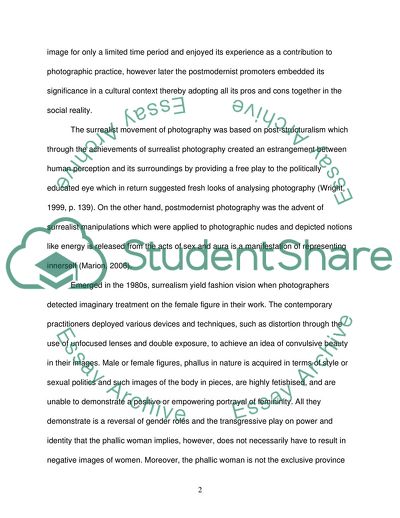Cite this document
(The Idea of Disordered Reasoning in Fashion Photography Essay, n.d.)
The Idea of Disordered Reasoning in Fashion Photography Essay. Retrieved from https://studentshare.org/visual-arts-film-studies/1721146-the-fashion-photographic
The Idea of Disordered Reasoning in Fashion Photography Essay. Retrieved from https://studentshare.org/visual-arts-film-studies/1721146-the-fashion-photographic
(The Idea of Disordered Reasoning in Fashion Photography Essay)
The Idea of Disordered Reasoning in Fashion Photography Essay. https://studentshare.org/visual-arts-film-studies/1721146-the-fashion-photographic.
The Idea of Disordered Reasoning in Fashion Photography Essay. https://studentshare.org/visual-arts-film-studies/1721146-the-fashion-photographic.
“The Idea of Disordered Reasoning in Fashion Photography Essay”. https://studentshare.org/visual-arts-film-studies/1721146-the-fashion-photographic.


